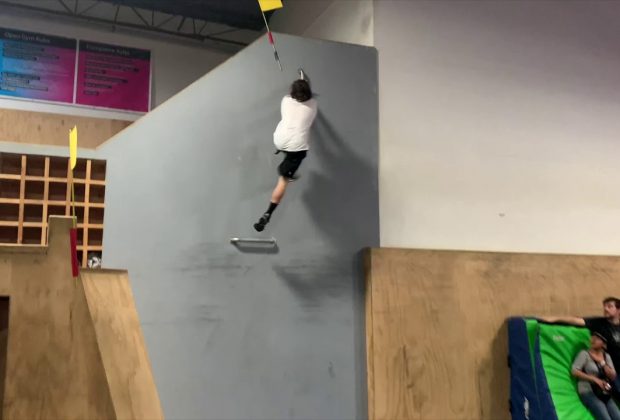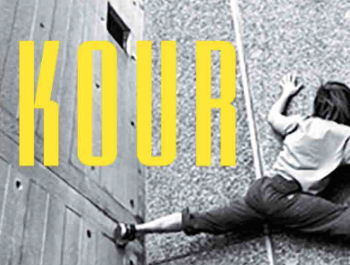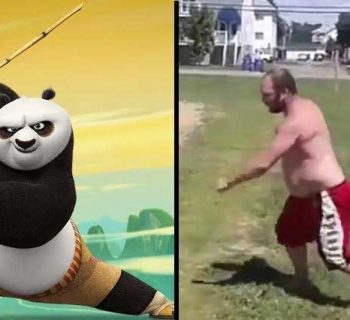Many immersive/old school games are very special. Where can you jump? How long can you do this in Parkour? When he was 3 feet high? Is it in a tight spot? Oh, and for fast parkour, it can do this fast and take about 10-30 seconds. Less time to exercise. When it starts
Parkour's quick training and competitions, which are a real cheap exercise, also have a competitive edge on the madness. It is amazing to see the strength, agility, and confidence of Elite Speed Athletes and I am excited to continue to develop this type of entertainment. I recently enjoyed a quick workout. Make me think...

What do statistics say about competition for speed change? What data do we need to pay more attention to? How can we use math and information to become a faster and better athlete?
Last year, I added a camera/jumble and captured 300+ runners in the 9 fastest cross-country competition in Apex Denver, Apex Louisville, and Apex Fort Collins. Respect, and thank all the players who tried them and all the editors who made them. I have seen more of these lessons than I can count, slow, real-time and graphic in comparison. The film work has taught me many things, so lately I've decided to expand my understanding by reading statistics such as contact times and touchdowns.
I started this pilot study in April 2019 with the new RMPC competition in Apex Denver. I want to start the conversation with the first presentation of the 8 contests of each course. In this tutorial, I take a closer look at what data is, but what it means. As we expand the scope of our models and expert opinions regarding these investigations, we will gradually develop a drilling form for our Parkour Speed Course.
This is a work in progress, so if you see interesting statistics or think there is a valuable matrix that has never been calculated, please let us know. In the future, we may find track runners to test statistics such as accelerometers or other scanners at higher prices, higher speeds, altitudes, new terrain, and higher power.







